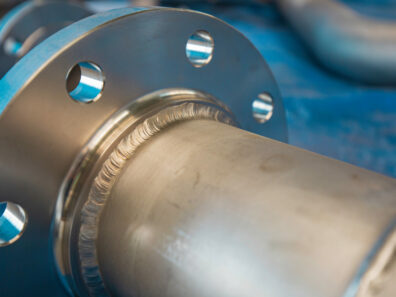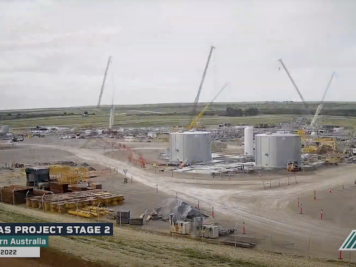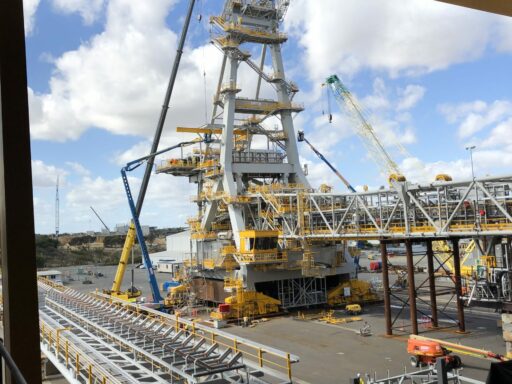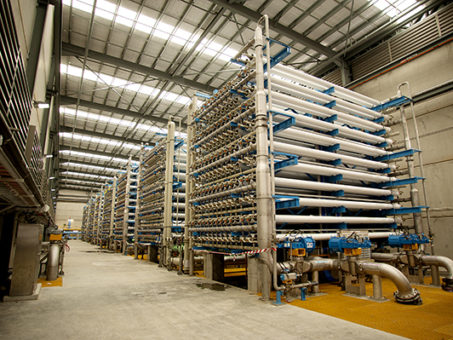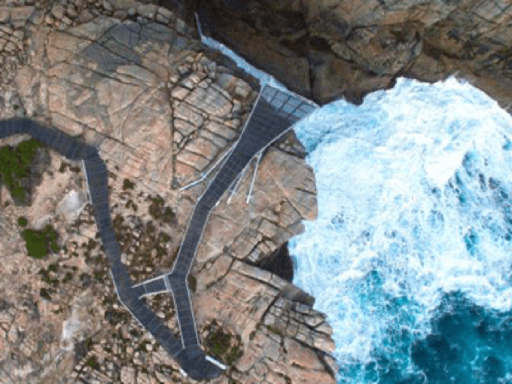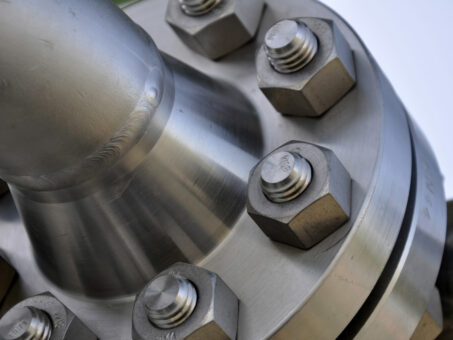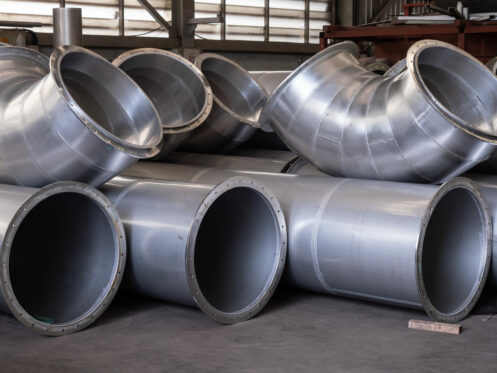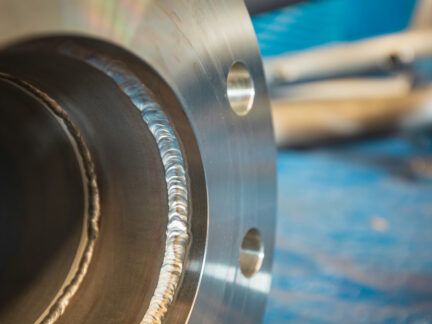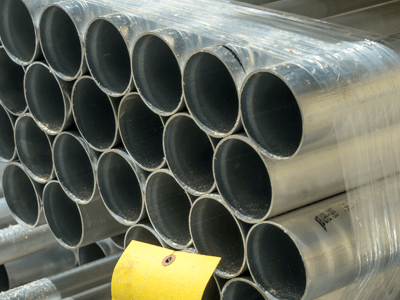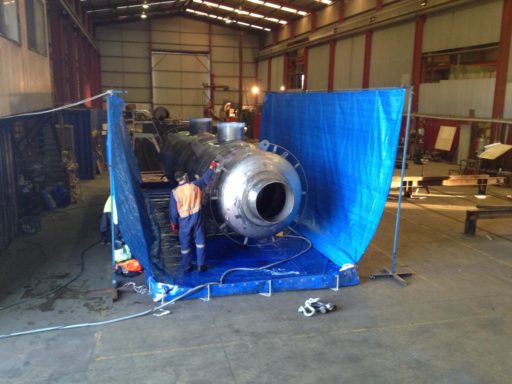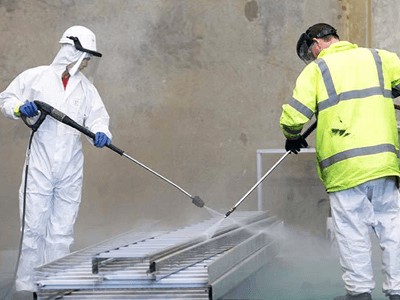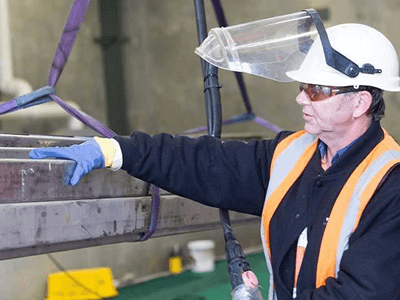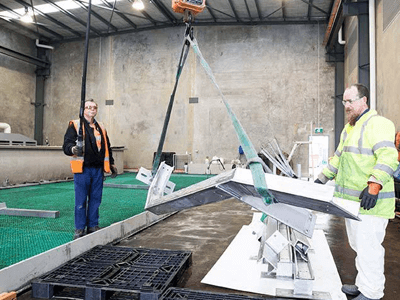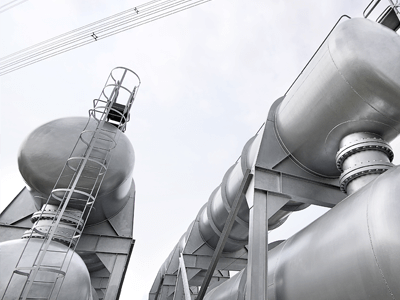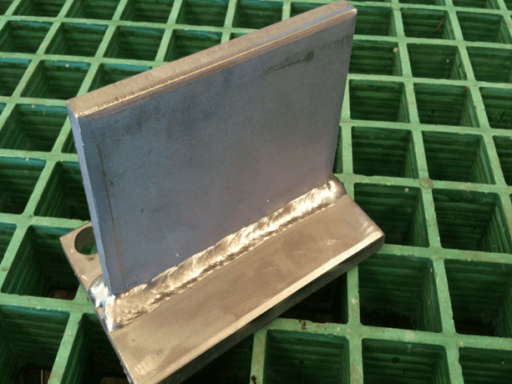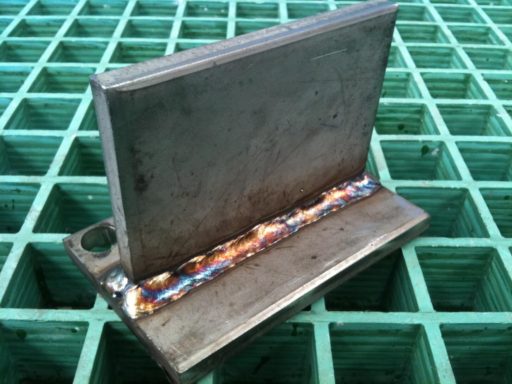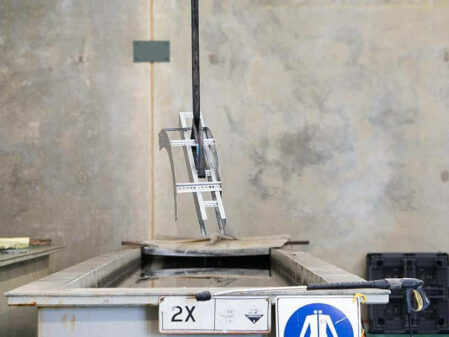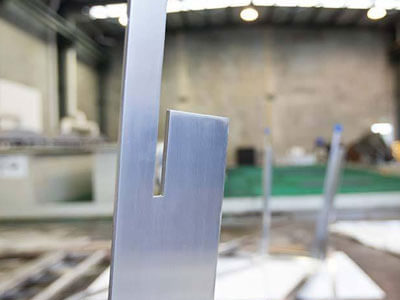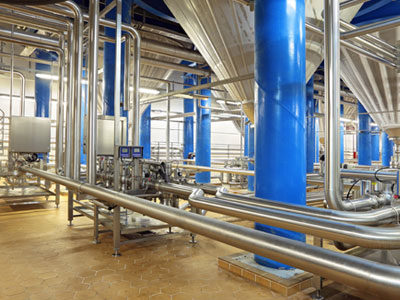Combined, the pickling and passivation process will increase the life of your asset by removing impurities left after manufacture that can cause rust and structural damage.
Long spools and other items exceeding the 13 metre bath dimensions can easily be ‘double dipped’ to still achieve a full-immersion treatment up to 25m. Items larger than the what can be dipped in the bath can be hand pickled on our large bunded area.
The bath and process systems ensure all stainless steel is pickled and passivated in full compliance to ASTM A380, ASTM A967 and AS 1627.1 and AS 1627.5. All treated stainless steel is supplied with a certificate of conformity to the relevant standards.
Long spools and other items exceeding the 13 metre bath dimensions can easily be ‘double dipped’ to still achieve a full-immersion treatment up to 25m. Items larger than the what can be dipped in the bath can be hand pickled on our large bunded area.
The bath and process systems ensure all stainless steel is pickled and passivated in full compliance to ASTM A380, ASTM A967 and AS 1627.1 and AS 1627.5. All treated stainless steel is supplied with a certificate of conformity to the relevant standards.
 ICS will be closed for the Christmas and New Year period from 12pm, 22 Dec - 9 Jan 2023
ICS will be closed for the Christmas and New Year period from 12pm, 22 Dec - 9 Jan 2023
